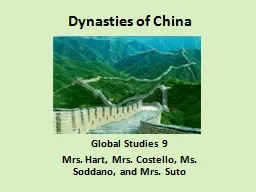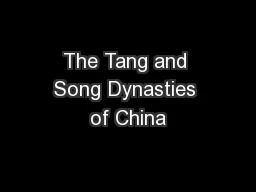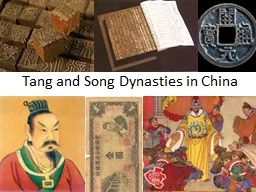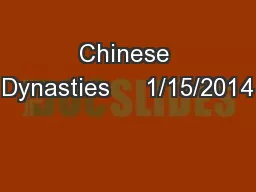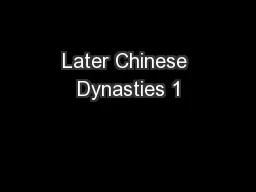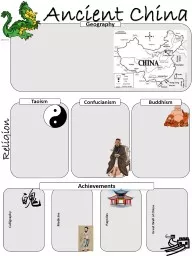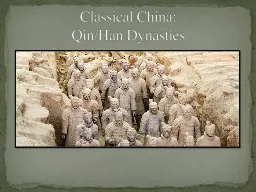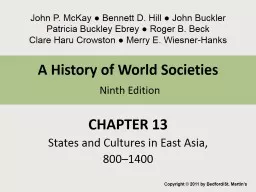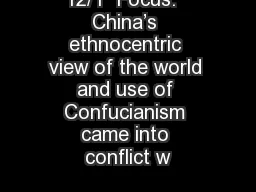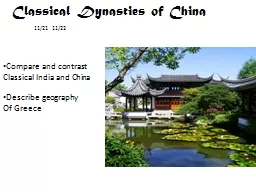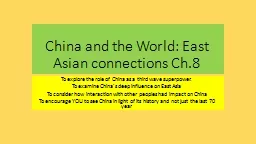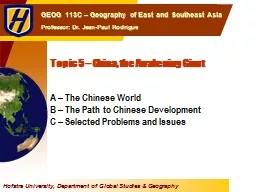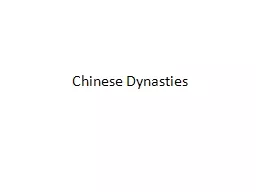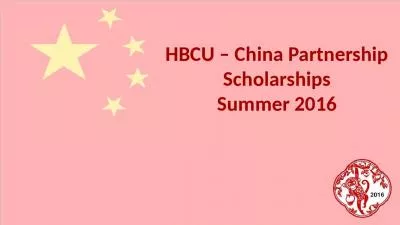PPT-Dynasties of China Global Studies 9
Author : shangmaxi | Published Date : 2020-10-22
Mrs Hart Mrs Costello Ms Soddano and Mrs Suto The Tang Dynasty The Tang dynasty ruled China from 618907 building their capital at Xian They forced Vietnam Tibet
Presentation Embed Code
Download Presentation
Download Presentation The PPT/PDF document "Dynasties of China Global Studies 9" is the property of its rightful owner. Permission is granted to download and print the materials on this website for personal, non-commercial use only, and to display it on your personal computer provided you do not modify the materials and that you retain all copyright notices contained in the materials. By downloading content from our website, you accept the terms of this agreement.
Dynasties of China Global Studies 9: Transcript
Download Rules Of Document
"Dynasties of China Global Studies 9"The content belongs to its owner. You may download and print it for personal use, without modification, and keep all copyright notices. By downloading, you agree to these terms.
Related Documents

